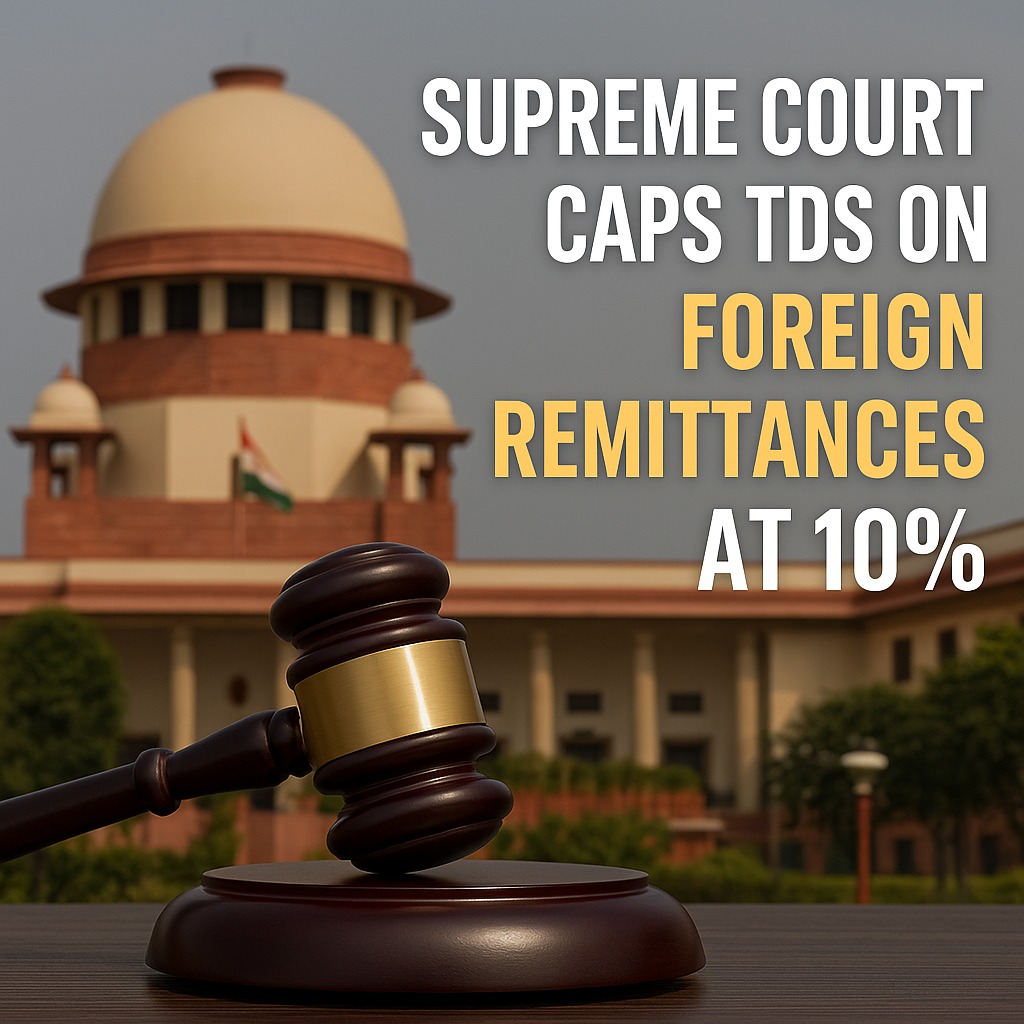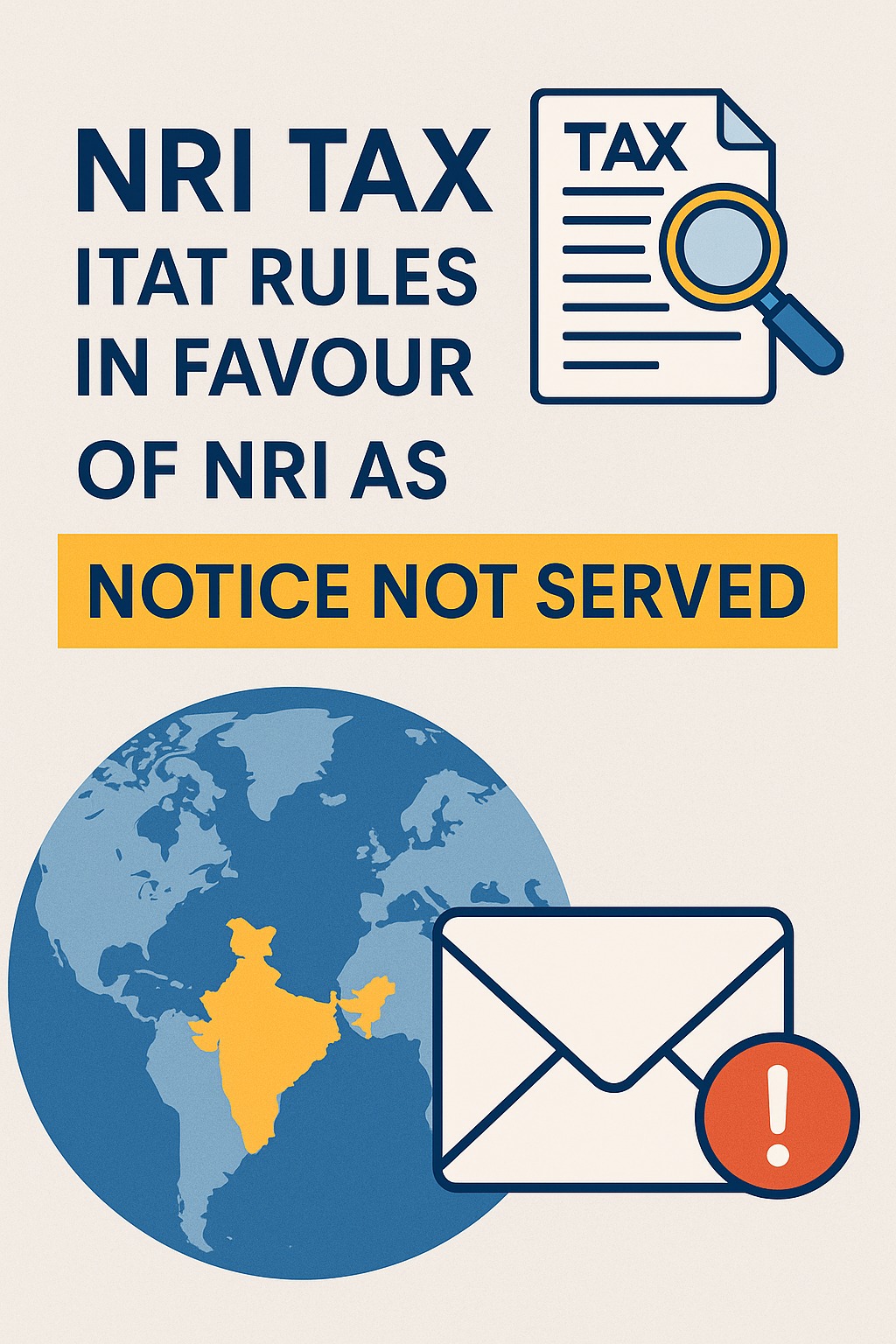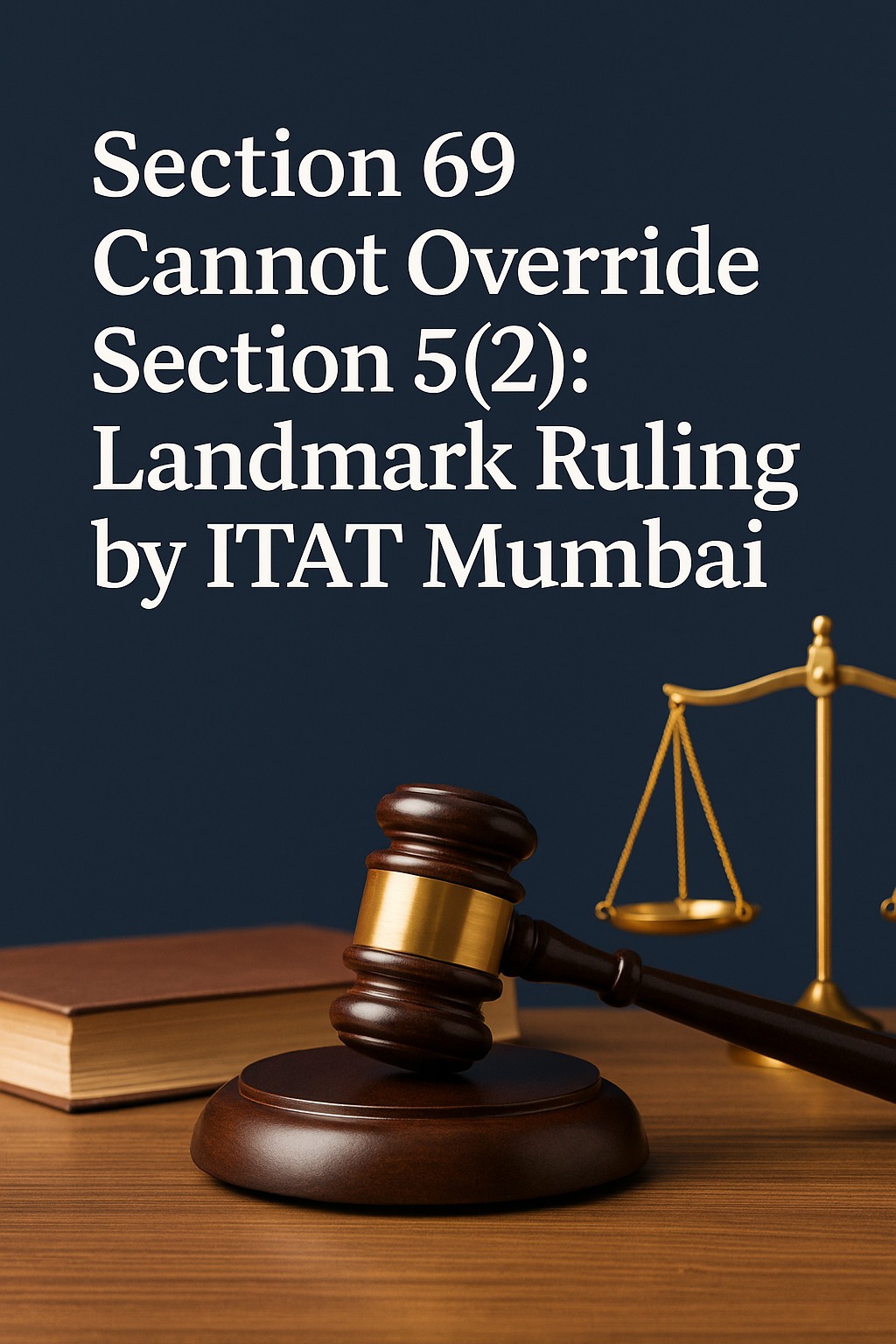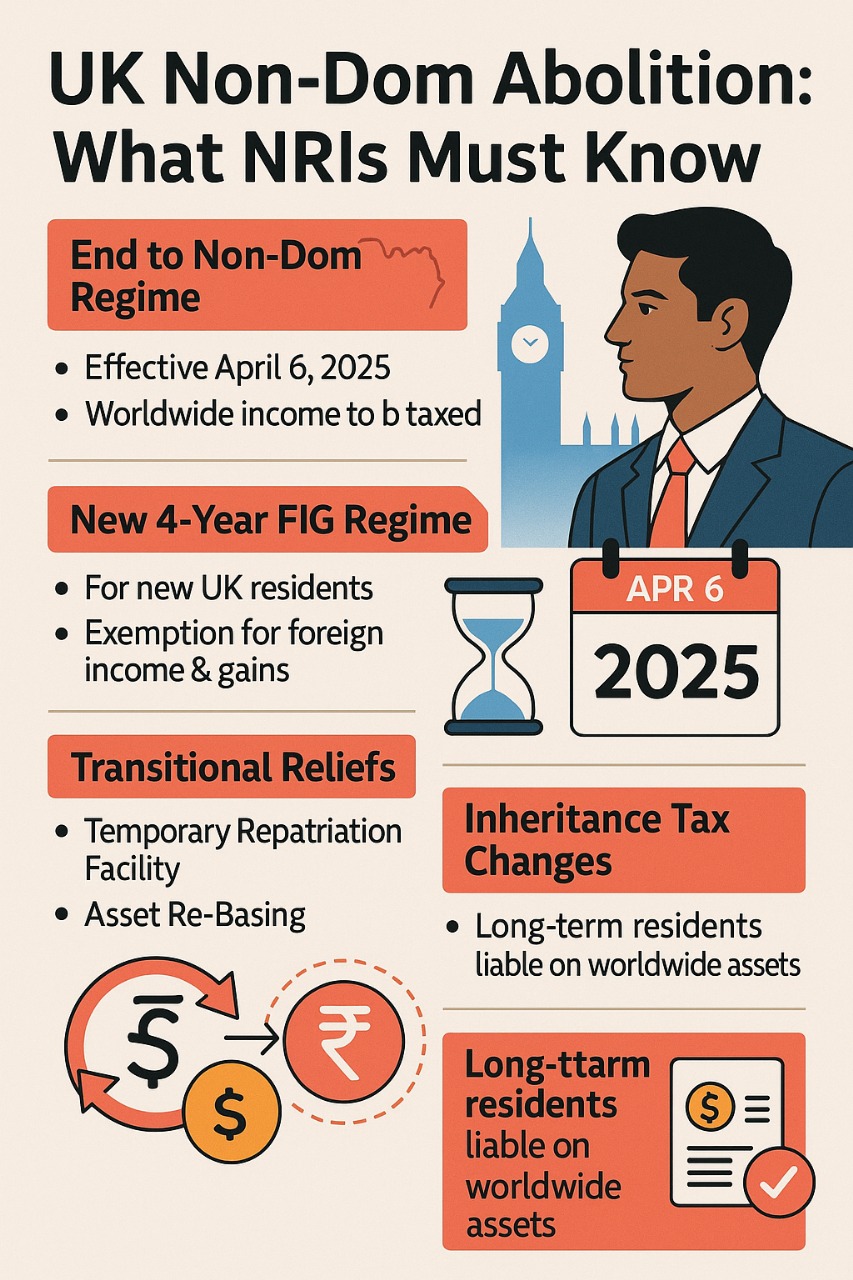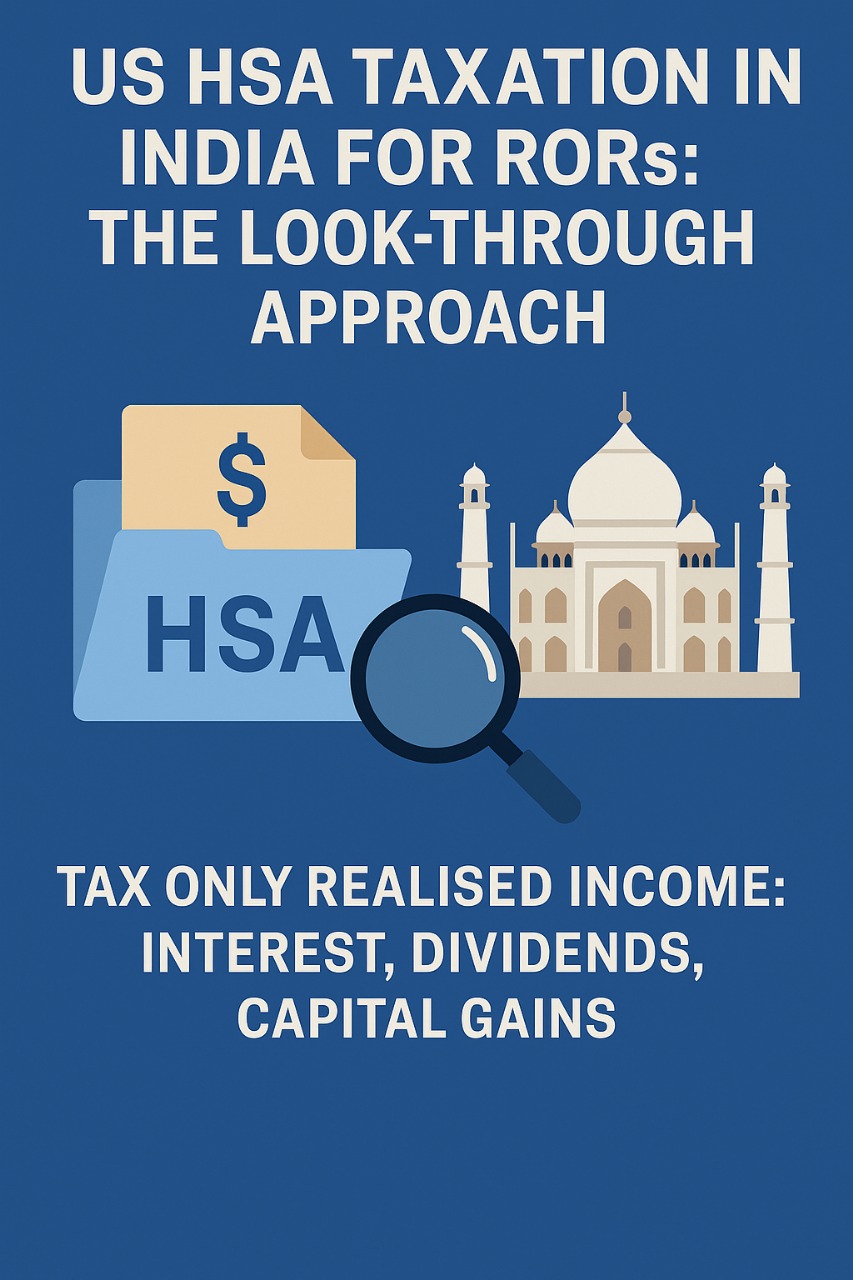 WhatsApp
WhatsApp
 Call Us
Call Us
 Email Us
Email Us
 Whatsapp Community
Whatsapp Community
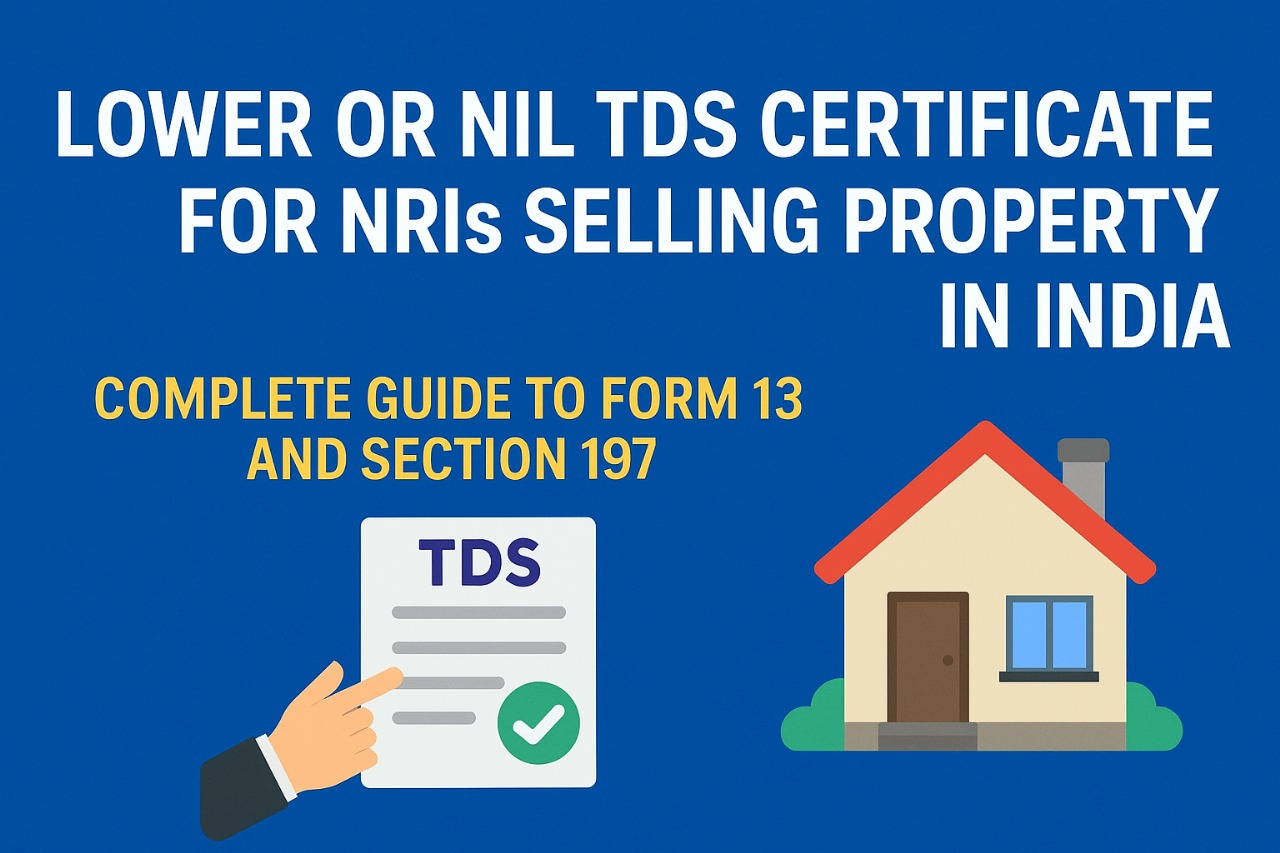
Selling a property in India as a Non-Resident Indian (NRI) or Overseas Citizen of India (OCI) involves several tax implications, especially when it comes to TDS (Tax Deducted at Source).
Many NRIs are surprised when buyers are required to deduct up to 14.95% of the sale proceeds as TDS — even when the actual tax liability is much lower.
Applying for a Lower or Nil TDS Certificate under Section 197 of the Income Tax Act, through Form 13, helps ensure that TDS is deducted only on the actual capital gains — not on the entire sale value.
This comprehensive guide explains everything you need to know about TDS on property sale by NRI, including Form 13 filing process, TDS rates, documents required, and how Dinesh Aarjav & Associates can help you obtain the certificate quickly and efficiently.
A Lower or Nil TDS Certificate (also known as a TDS Exemption Certificate for NRI) is an authorization issued by the Income Tax Department of India under Section 197 of the Income Tax Act.
This certificate allows the buyer of property from an NRI to deduct TDS at a reduced or zero rate — based on the seller’s actual tax liability.
Without this certificate, TDS is deducted at flat rates ranging from 12.5% to 14.95%, leading to unnecessary fund blockage and long refund timelines.
By applying for a Lower TDS Certificate through Form 13, NRIs can save time, reduce excess deduction, and ensure tax compliance.
Under Section 195 of the Income Tax Act, any payment made to a non-resident for the sale of property must have TDS deducted before payment.
For Resident Sellers, the buyer deducts only 1% TDS under Section 194-IA.
But for Non-Resident Sellers (NRIs/OCIs), the buyer must deduct TDS on the capital gains component of the sale.
Long-Term Capital Gains (LTCG): If the property is held for more than 24 months, the gain is considered long-term, taxed at 12.5% (without indexation benefit) effective July 23, 2024.
Short-Term Capital Gains (STCG): If held for less than 24 months, gains are taxed at applicable income tax slab rates for the NRI.
| Particulars | Less than ₹50 Lakhs | ₹50 Lakhs – ₹1 Crore | ₹1 Crore – ₹2 Crore | ₹2 Crore – ₹5 Crore | Above ₹5 Crore |
| Base TDS Rate | 12.50% | 12.50% | 12.50% | 12.50% | 12.50% |
| Surcharge | Nil | 10% | 15% | 15% | 15% |
| Health & Education Cess | 4% | 4% | 4% | 4% | 4% |
| Effective TDS Rate | 13% | 14.30% | 14.95% | 14.95% | 14.95% |
Important: The maximum effective TDS rate for NRIs selling property in India is 14.95%, including surcharge and cess.
Reduced TDS Deduction – Pay tax only on actual capital gains, not on total sale consideration.
Avoid Fund Blockage – Prevent excess TDS and long refund waits.
Faster Sale Execution – Buyers can remit funds smoothly with correct deduction.
Ensure Full Tax Compliance – Stay compliant with Indian income tax rules under Section 195 and Section 197.
Peace of Mind – Simplify complex property sale transactions with expert CA assistance.
To apply for a Lower or Nil TDS Certificate, the following documents are typically required:
Our expert team assists in preparing all supporting documents and coordinating with the Income Tax Department to ensure smooth issuance.
While the law doesn’t specify a strict deadline, it’s advisable to apply at least 30–40 days before the sale.
In most cases, a Lower TDS Certificate is issued within 15–20 working days.
The certificate remains valid only for the specific property sale transaction and the financial year mentioned.
It cannot be reused or carried forward to future years.
Dinesh Aarjav & Associates (DAA) is a 25+ year-old Chartered Accountancy firm with global presence across India, the USA, UK, UAE, Canada, and Australia.
We specialize in NRI Taxation, DTAA planning, and Cross-border Property Transactions.
Our dedicated NRI Tax & Compliance Team provides:
We’ve helped hundreds of NRIs reduce TDS rates, avoid fund blockage, and smoothly complete their property sales in India.
If you’re an NRI planning on selling property in India for NRI, obtaining a Lower or Nil TDS Certificate can save you significant tax and eliminate refund delays.
With professional guidance from Dinesh Aarjav & Associates, the process becomes seamless — from Form 13 filing to TDS compliance and repatriation planning.
Frequently Asked Questions (FAQs)
Q1. What is Form 13 for NRI?
Form 13 is an online application form under Section 197 of the Income Tax Act, used by NRIs to request a lower or nil deduction of TDS on property sales.
Q2. Can both buyer and seller apply for a Lower TDS Certificate?
The seller (NRI/OCI) must apply for the certificate, but it is addressed to the buyer, authorizing them to deduct TDS at the reduced rate.
Q3. What is the ideal time to apply?
Apply at least 30–40 days before the property transaction date to ensure timely processing.
Q4. What happens if I don’t apply for Lower TDS Certificate?
Without it, buyers must deduct TDS at standard rates (up to 14.95%), and you’ll need to claim refunds after filing your tax return — which can take several months.
Avoid unnecessary TDS and lengthy refund delays.
Let Dinesh Aarjav & Associates help you obtain your Lower or Nil TDS Certificate (Form 13) with speed, accuracy, and complete compliance.
Dinesh Aarjav & Associates – Global Advisors for Global Indians.
